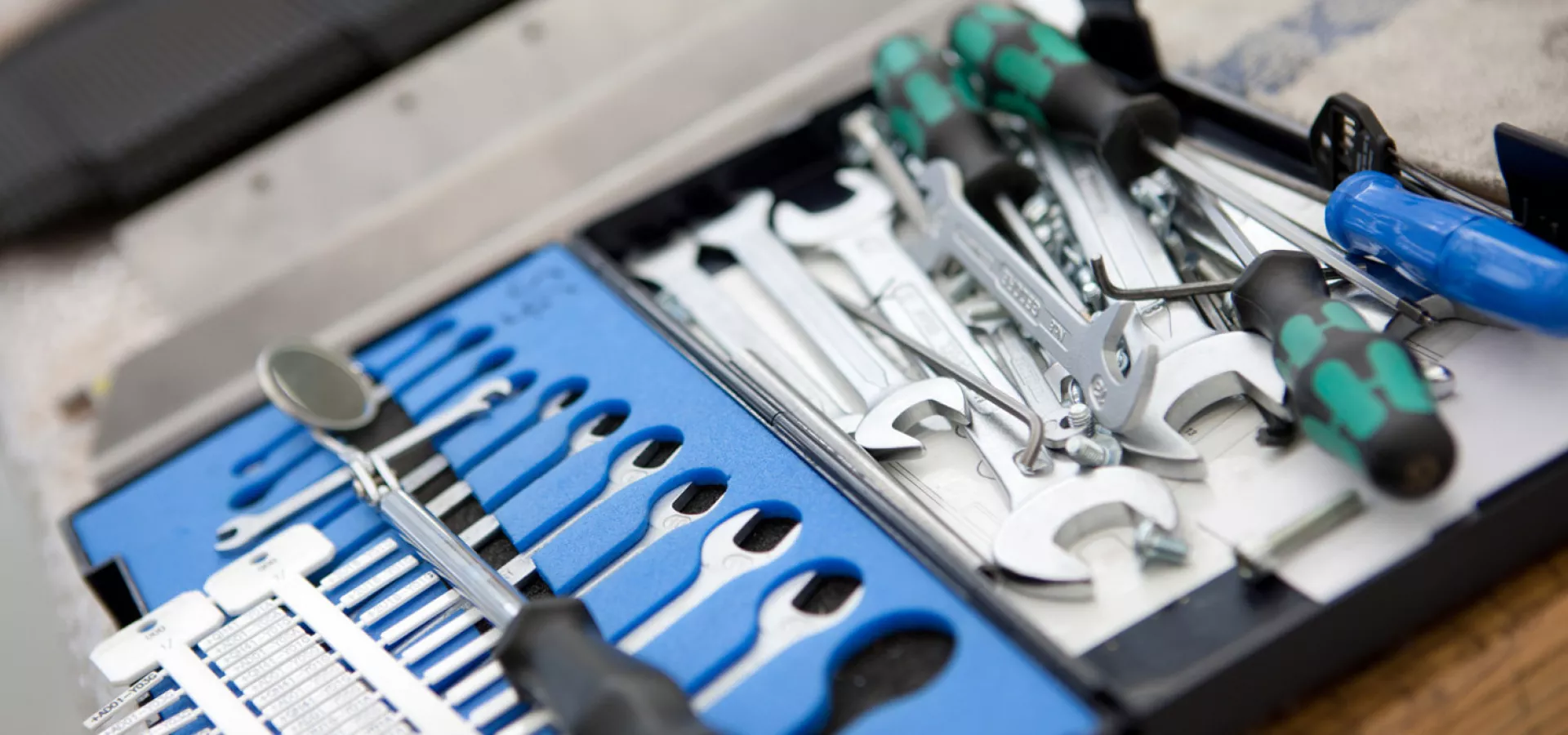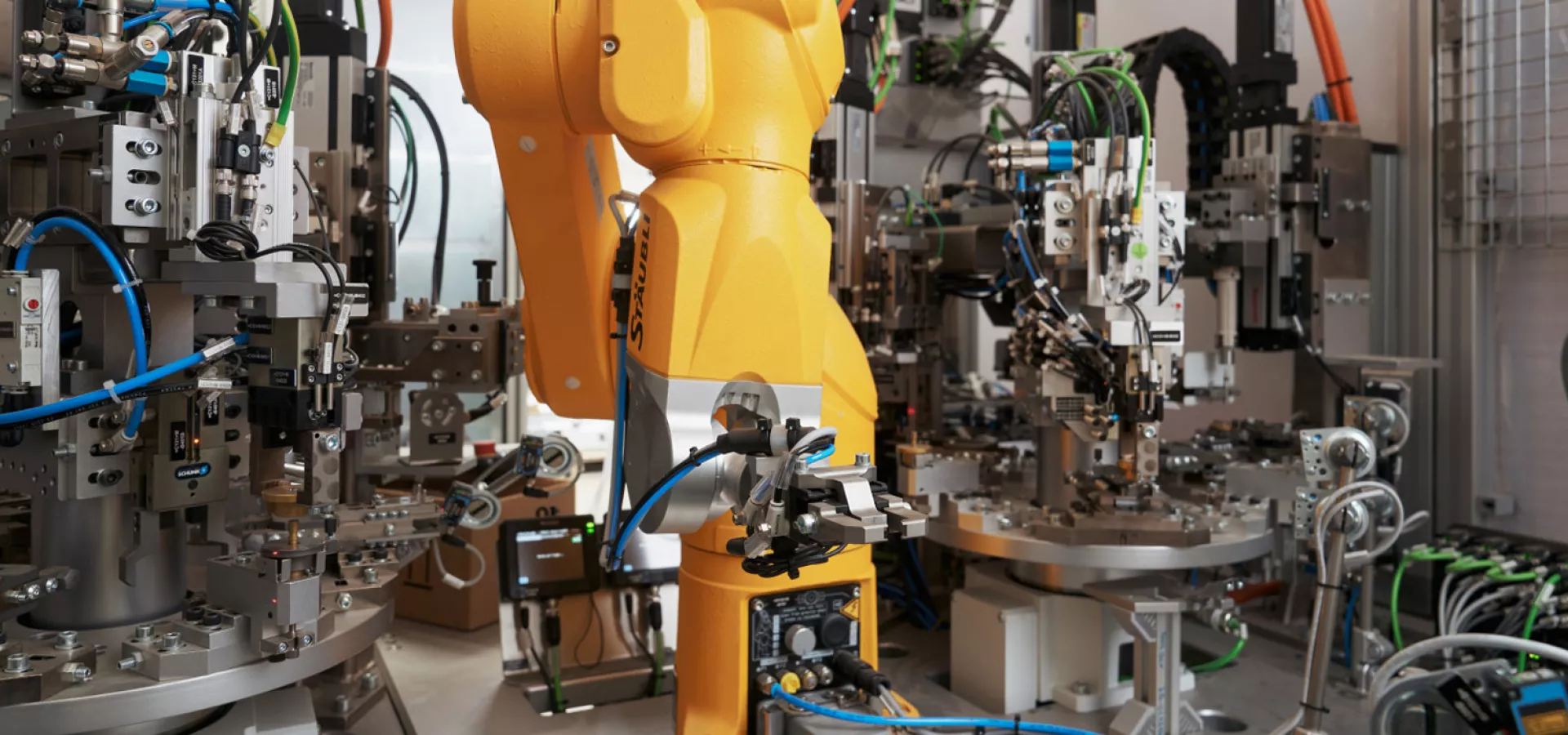
Tightness
Tightness or impermeability is the property of material structures to be impermeable to certain substances, gases, liquids or even radiation. This is a relative concept, because absolute impermeability cannot exist. Instead, impermeability must always be evaluated in relation to the material under investigation, the structure, and the "substance" penetrating it. For example, a water pipe proves to be tight until the pressure inside becomes too high - then the pipe may crack and water will leak through. Against radiation, on the other hand, the water pipe probably has no tightness from the outset. Whether and to what extent a material structure is leak-proof is determined with the aid of a leak test. Leak tests are part of everyday life, especially in production.
Why is tightness so important?
Leak tests are indispensable in production as part of quality control. The non-destructive testing method is sometimes also referred to as leak testing and is used for systems and components for a wide variety of industries. Testing the leak tightness of a component or complex system can be important for a number of reasons: for example, leak testing during the production process can prevent costly reworking of components at a later stage. In addition, the use of insufficiently leak-tight components and systems can result in later repair costs. In addition, many industries have specific standards and legal guidelines for the tightness of components - in order to comply with these, a leak test is also essential. The best example: If, for example, pipe systems in a refrigeration plant are not sufficiently leak-tight, gas or water can escape. This can not only cause considerable damage, but may also lead to accidents or personal injury.
How to check the tightness?
Leak tests are used in a wide variety of production processes - therefore, depending on the application, specific leak test methods exist, which are usually implemented as vacuum or overpressure methods. The corresponding specifications can be found in DIN EN 1779. Typical examples are:
- Worker water bath test (bubble test)
- Water bath test with ultrasonic sensor
- Differential pressure testing
- Ultrasonic detection
- Leak test with test gases
The decisive factor is that leak testing of a test item is already integrated into the production process. In this way, expensive rework in series production can be prevented from the outset. However, to ensure that the test procedures actually deliver reliable results, the equipment used for this purpose should be regularly maintained and, if necessary, readjusted.
In which industries does tightness play a role in components and systems?
Leak testing can be recommended for (almost) every serial production process nowadays. Industries that require tight components and systems include, for example, the automotive sector, shipbuilding, medical and laboratory technology, aerospace industry, mechanical engineering, electrical engineering and many more. Other measurement technologies used in industrial serial production include torque, X-ray and radar.


